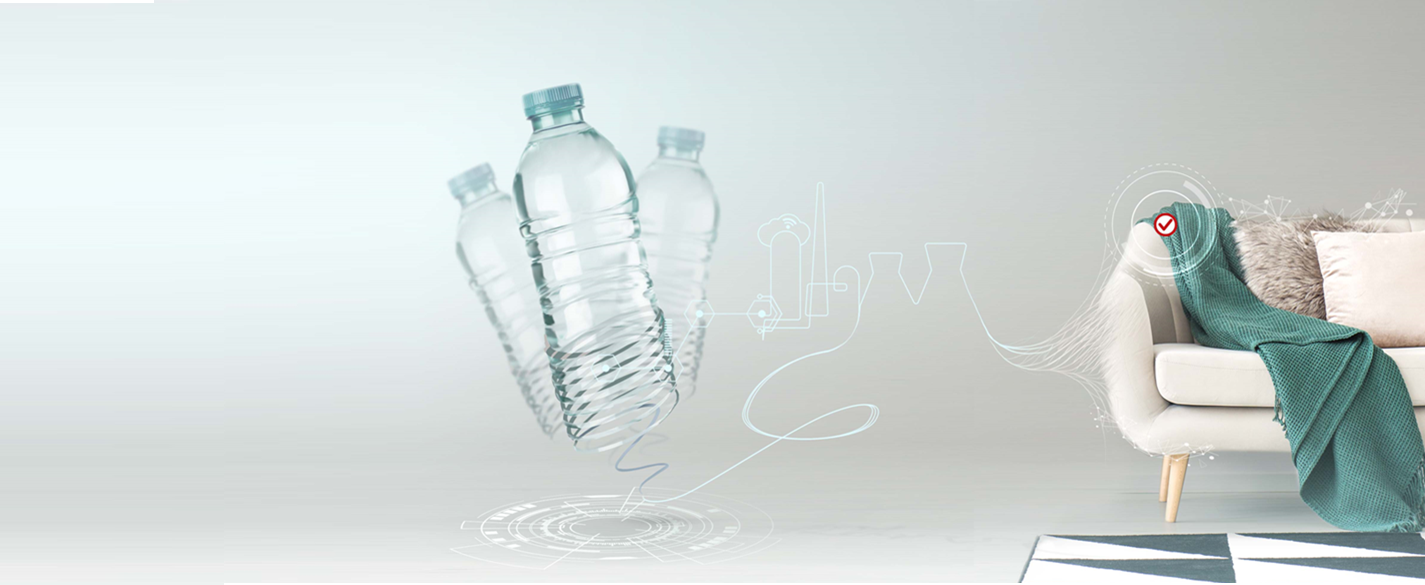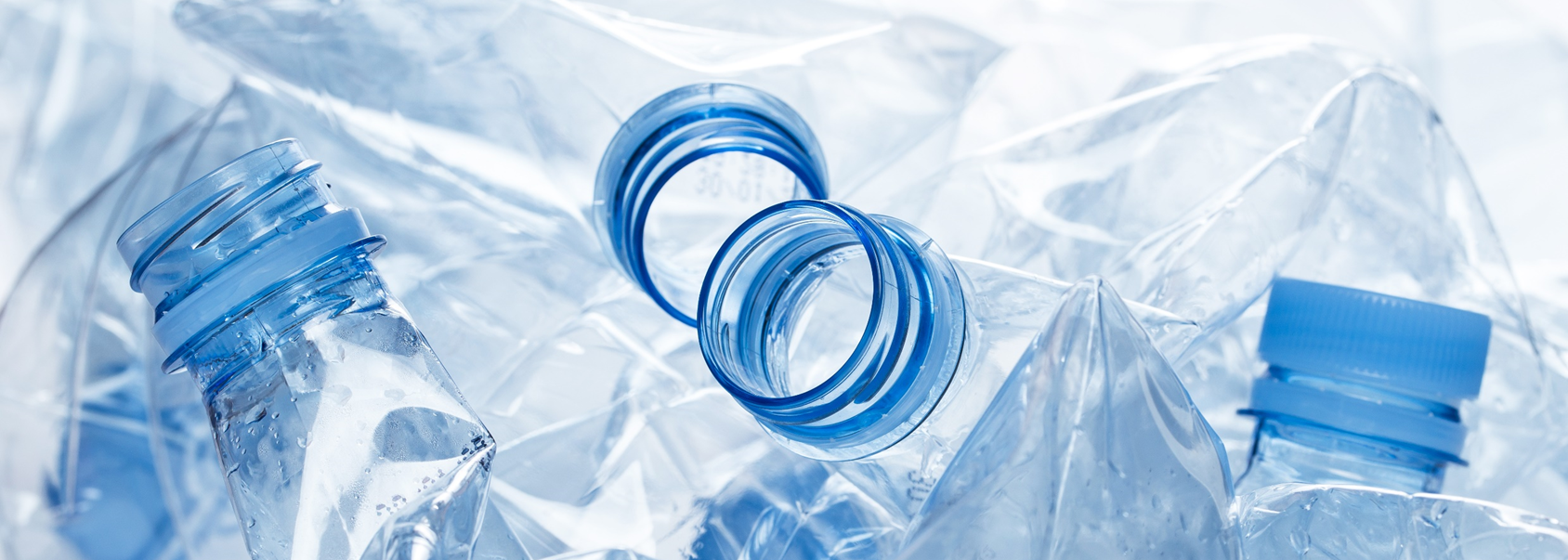 According to Precedence Research, the recycled polyester (rPET) market is expected to hit US$14.23 billion by 2030, driven by soaring demand for sustainable products from consumers, governments, and NGOs. The use of rPET in consumer goods is no longer a trend but a reality in many categories, including toys and furniture. What started with soft toys containing stuffing made from rPET is fast-evolving into other uses. Danish toy giant Lego has announced its first prototype bricks made of rPET from discarded bottles, and IKEA has launched a range of kitchen furniture with plastic films made out of recycled bottles. Many other furniture brands are producing products made from rPET, including chairs and stools, storage boxes, bathroom accessories, and more.
According to Precedence Research, the recycled polyester (rPET) market is expected to hit US$14.23 billion by 2030, driven by soaring demand for sustainable products from consumers, governments, and NGOs. The use of rPET in consumer goods is no longer a trend but a reality in many categories, including toys and furniture. What started with soft toys containing stuffing made from rPET is fast-evolving into other uses. Danish toy giant Lego has announced its first prototype bricks made of rPET from discarded bottles, and IKEA has launched a range of kitchen furniture with plastic films made out of recycled bottles. Many other furniture brands are producing products made from rPET, including chairs and stools, storage boxes, bathroom accessories, and more.
Amid this rise in environmentally conscious consumerism, sustainability has become a powerful marketing tool in a crowded marketplace. But as green consumers become more informed and critical, brands and retailers must be able to back up the use of rPET in their products with proof to avoid risks of reputational damage and noncompliance. Until now, the primary way to verify the inclusion of rPET in products was to rely on declarations and documents from suppliers and third parties. By betting solely on someone else’s information, however, brands risk greenwashing (claiming something as sustainable when it isn’t) and breaching regulations (the EU and GRS-V3 impose a minimum recycled polyester content of 20%).

To create virgin polyester (PET) –the world’s most common plastic—crude oil and natural gas are extracted from the earth and heated to form a molten liquid. The liquid is spun into fibers to create polyester fabric or molded into plastic containers. These products aren’t biodegradable and will persist in the environment, even as they eventually break down. Recycled polyester (rPET) originates mostly from post-consumer PET bottles that are melted down and re-spun into new polyester fibers. One tonne of rPET saves 11,100kWh of energy—the equivalent of two years of energy consumption for an average household. Each kilogram of mechanically recycled polyester also represents a reduction in greenhouse gas emissions by more than 70% compared with virgin polyester.
The only way to be 100% sure that the amount of rPET in your products matches what your brand claims is through reliable scientific testing. As part of a continuing commitment to helping brands achieve growth through sustainability innovations, API and Worms Safety Laboratories have pioneered an innovative solution that detects and quantifies rPET in products and materials to prove its existence and avoid greenwashing. The accurate testing method is based on nuclear magnetic resonance (NMR) technology, which is highly sensitive, robust, precise, auto-calibrated, and not affected by additional chemical substances such as dyes, viscose, or others. In simple terms, the process targets the presence of isophthalic acid (IPA), which is added to PET to give specific properties to the raw material. This superior testing method uses NMR technology to compare the IPA content in each sample to the average IPA content derived from a reference database of bottles collected in Europe, China, and India. More information about the rPET testing can be found here.
Other methods are available to measure IPA content, including Fourier Transform Infrared Spectroscopy, Raman, Liquid Chromatography, and Gas Chromatography. However, common disadvantages of these processes include the generally higher uncertainty of the testing equipment and the sensitivity to other substances present in the sample. The solution developed by API and Worms Safety Laboratories is highly sensitive and specific, with low detection limits and greater certainty. The PET bottle reference library is continually monitored and updated, and any changes in PET quality on the market is reflected in the test results.
Interested in learning more about how this solution can benefit your brand?

Want to know more about one of our many services? Contact us to find out more information about what API can do for your company today.
Address
Copyright © 1981 – 2022 API. All Rights Reserved.